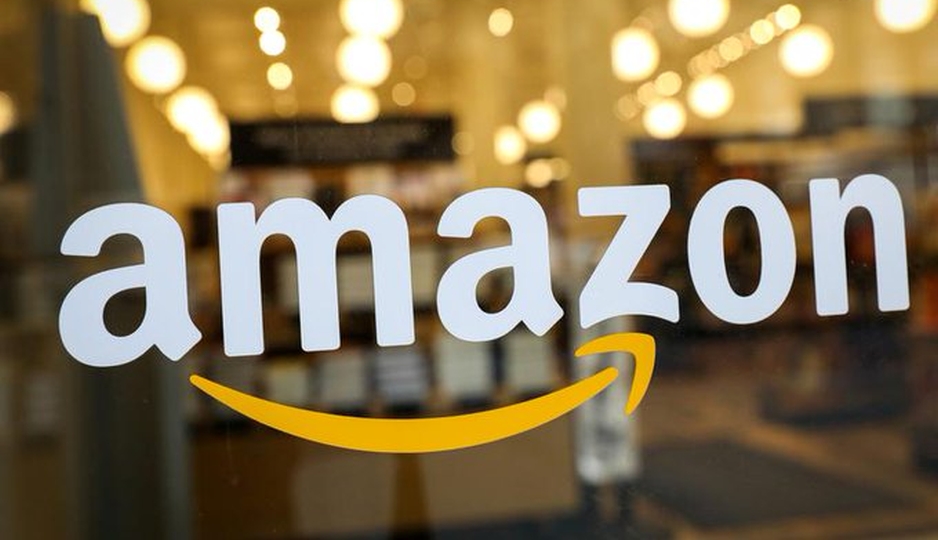Amazon made $1 billion with its secret price-raising algorithms codenamed ‘Project Nessie,’ FTC says

Barely a month following an investigative report by the Wall Street Journal uncovering Amazon’s use of secret algorithms to inflate prices, the Federal Trade Commission (FTC) revealed today that Amazon had generated $1 billion through these price-raising algorithms.
According to the newly released court filings, the FTC said that Amazon.com deliberately raised prices by more than $1 billion through secret algorithms known as “Project Nessie.” Initially filed in September, the suit kept many details confidential, Reuters reported. However, a less redacted version of the lawsuit was recently made public in the U.S. District Court in Seattle, shedding light on the FTC’s claims.
The FTC also accuses Amazon of employing a covert algorithm named “Project Nessie” aimed at identifying products for which other online stores are likely to follow Amazon’s price increases. This strategy, according to the FTC, enabled Amazon to extract over a billion dollars directly from American consumers.
In response, Amazon’s spokesperson Tim Doyle disputed the FTC’s characterization, stating that the pricing tool was no longer in use, having been discontinued several years ago. Doyle clarified that Nessie was utilized to prevent unsustainable price drops resulting from Amazon’s price-matching initiatives.
“Nessie was used to try to stop our price matching from resulting in unusual outcomes where prices became so low that they were unsustainable,” Doyle said.
However, the FTC expressed concern over the potential reactivation of Project Nessie, asserting that while currently paused, Amazon retains the ability to reactivate it at any time, emphasizing that there are no barriers preventing such actions.
The FTC’s filings detail Amazon’s use of Nessie from 2014, citing its significant impact by 2018, when the algorithm set prices seen by consumers over 400 million times. The complaint highlighted an instance in April 2018, where Nessie was utilized to price more than 8 million items, collectively costing nearly $194 million.
As we reported in early October, the Journal said the existence of Project Nessie was first revealed in late September in a complaint filed by the Federal Trade Commission (FTC) against Amazon, accusing the e-commerce giant of violating US antitrust law. However, the details of the FTC’s public complaint were heavily redacted.
As we reported back in September, the FTC, along with 17 states, filed a landmark antitrust lawsuit against the retail giant after a four-year investigation. The FTC, in collaboration with participating states, said that their goal was to seek a permanent injunction from the court. The injunction was intended to stop Amazon’s purportedly unlawful activities and reduce its monopolistic influence in an effort to reinstate a climate of healthy competition.
“Left unchecked, Amazon will continue its illegal course of conduct to maintain its monopoly power,” the FTC said in its complaint which asked the court “to put an end to Amazon’s illegal course of conduct, pry loose Amazon’s monopolistic control, deny Amazon the fruits of its unlawful practices, and restore the lost promise of competition.”
Meanwhile, in its report, the Journal said that Nessie would raise prices and closely watch whether other retailers, like Target, would follow suit. If these competing retailers stuck to their lower prices, the algorithm would automatically revert Amazon’s prices back to their regular rates. The lawsuit asserted that Amazon utilized this algorithm, codenamed “Project Nessie,” to determine how much it could increase prices before its competitors ceased their own price hikes.
In addition to the FTC’s lawsuit, Amazon faces antitrust investigations from the European Union and various state governments within the United States. These investigations revolve around allegations of Amazon leveraging its market power to unfairly promote its own products and services over those of its competitors.
The revelation of Amazon’s covert algorithm underscores the company’s substantial influence and the potential for misuse of that power. It serves as a poignant reminder of the crucial role of antitrust enforcement in safeguarding consumers against unfair competition practices.

